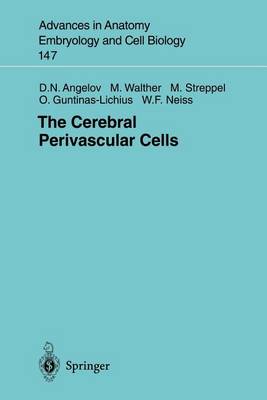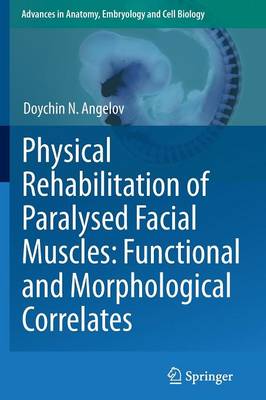Advances in Anatomy, Embryology and Cell Biology
2 primary works
Book 147
The Cerebral Perivascular Cells
by Doychin N. Angelov, Michael Walther, Michael Streppel, Orlando Guntinas-Lichius, and Wolfram F. Neiss
Published 21 September 1998
References ...77 Subject Index...89 XI 1 Introduction 1.1 Antigen Presentation and Antigen Presenting Cells A key issue in the pathogenesis of any chronic degenerative (auto )immune disease of the central nervous system (CNS) is how pathologically altered autologous neuronal proteins can trigger a reaction of the immune system. The specific and greatly multi- plied immune response is decisive for the outcome of the disease. Current knowledge shows that the immune system gets involved and potentiates a progressive neuronal degeneration in two ways, which are not mutually exclusive. First, provided the immunogenic autologous protein occurs in the interstitial fluid of CNS in amounts which cannot be phagocytized and cleared by the leptomeningeal macrophages, it reaches the cervical lymph nodes passively along the perivascular spaces, the cerebrospinal fluid compartment above the cribriform plate, and the lymphatics of the nasal mucosa (Cserr and Ostrach 1974; Weller et al. 1992; Zhang et al. 1992; Kida et al. 1993). The immunological significance of this "late" pathway typical for advanced neurodegeneration has been confirmed by Harling-Berg et al.
(1989), who showed that the cervical lymph nodes are the main site of antibody production against foreign protein injected into the central gray matter of the rat brain.
(1989), who showed that the cervical lymph nodes are the main site of antibody production against foreign protein injected into the central gray matter of the rat brain.
Book 210
Physical Rehabilitation of Paralysed Facial Muscles: Functional and Morphological Correlates
by Doychin N. Angelov
Published 26 February 2011
Using a combined morpho-functional approach the author recently found that polyinnervation of the neuro-muscular juction (NMJ) is the critical factor for recovery of function after transection and suture of the facial nerve. Since polyinnervation is activity-dependent and can be manipulated, he tried to design a clinically feasible therapy by electrical stimulation or by soft tissue massage. First, electrical stimulation was applied to the transected facial nerve or to paralysed facial muscles. Both procedures did not improve vibrissal motor performance (video-based motion analysis of whisking), failed to diminish polyinnervation and even reduced the number of innervated NMJ to one fifth of normal values. In contrast, gentle stroking of the paralysed vibrissal muscles by hand resulted in full recovery of whisking. Manual stimulation was also effective after hypoglossal-facial anastomosis and after interpositional nerve grafting. The author concludes that manual stimulation is a non-invasive procedure with immediate potential for clinical rehabilitation following facial nerve reconstruction.

